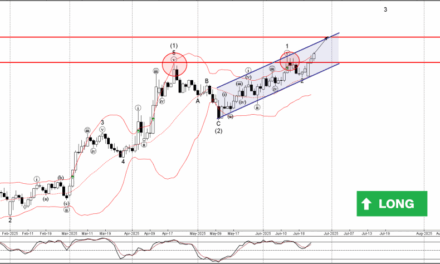The USD is mixed to start the US session and the US government shuts down after the Senate failed to pass a continuing resolution.
As a review, to pass a continuing resolution (CR) in the United States, several key steps are required. In short: Agreement on text → House passage → Senate passage (60 votes usually needed) → President’s signature before the funding deadline.
The CR could not get the 60 votes in the Senate to pass. The issues?
The Republicans insisted on a “clean” continuing resolution (i.e. without added policy changes or riders) to simply continue funding as is. They considered the Democrats’ health care and spending demands “policy issues”, not funding necessities.
The Republicans will argue they supported a “clean” continuing resolution to keep the government open, and that Democrats forced a shutdown by insisting on adding health care subsidies and reversing spending cuts unrelated to immediate government funding. They will also argue that the Democrats are in favor of funding health care for illegal immigrants (which is debatable).
The Democrats will argue they voted against the Republican continuing resolution because it failed to extend ACA health subsidies, restore Medicaid and other funding cuts, and protect critical programs from further rescissions. That would raise healthcare costs for millions of Americans.
In the Senate, two Democrats (John Fetterman of Pennsylvania and Catherine Cortez Masto of Nevada) — plus Independent Angus King (who caucuses with Democrats) — voted in favor of the Republican “clean” continuing resolution
The battle is on. Usually, the political pressure leads to a cave in.
The longest U.S. government shutdown lasted 35 days, from December 22, 2018 to January 25, 2019, during the Trump administration.
US stocks are lower in premarket trading:
- Dow is down -149 points
- S&P is down -30 points
- Nasdaq is down -126 points
in the US debt market, yields are lower after the weaker than expected ADP report:
- 2 year yield, 3.557%, -4.7 basis points
- 5 year yield 3.685%, -5.0 basis points
- 10 year yield 4.107%, -4.2 basis points
- 30 year yield 4.702%, -3.0 basis points
The private ADP report came in at -32K vs expected 50K. The number was in part a result of the ADP incorporating the big revisions. Small businesses and medium-size businesses show declines but the larger businesses are still showing gains. Later today the private ISM Manufacturing data for September will be released with expectations of 49.0 versus 48.7 last month.
Construction spending is scheduled to be released at 10 AM as well. There is no indication that it would be postponed because of the shutdown. It is expected to decline by -0.1%.






